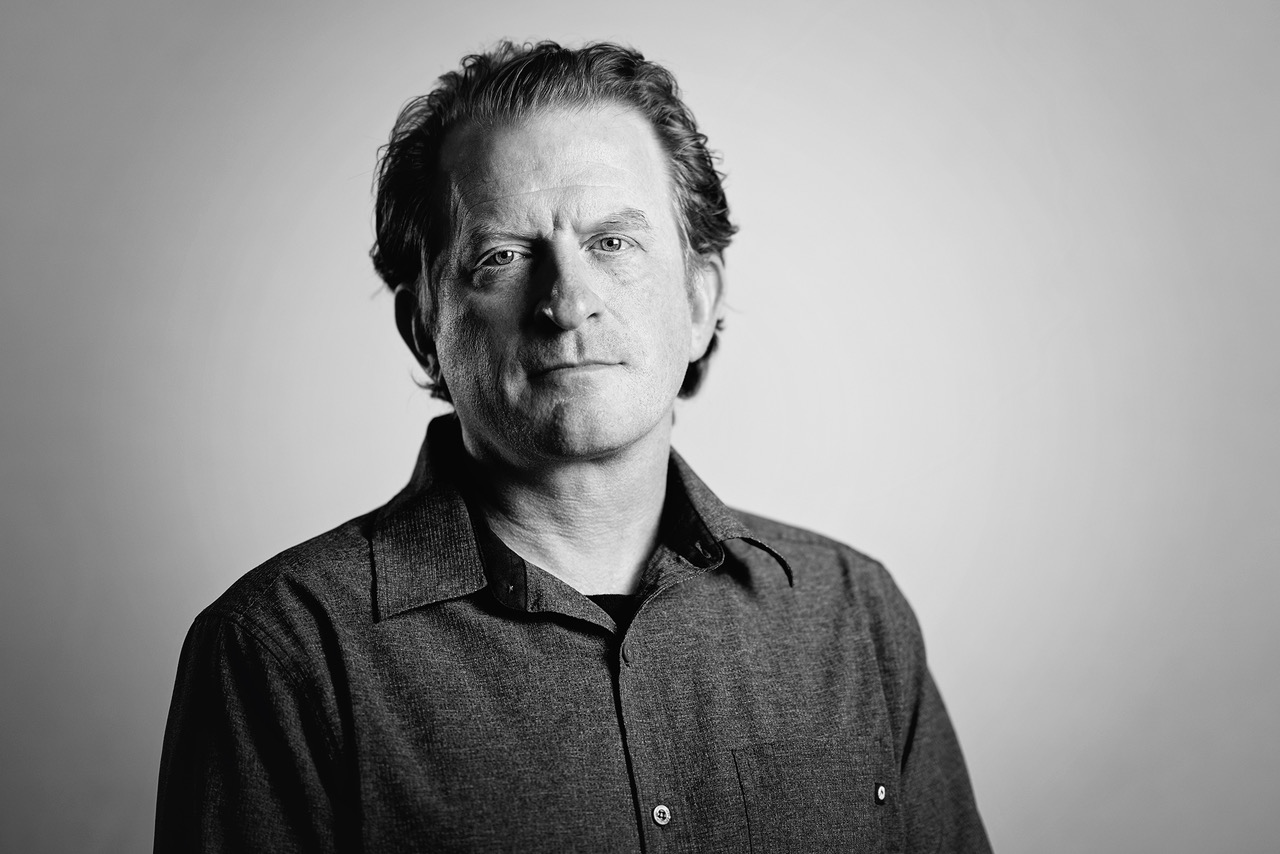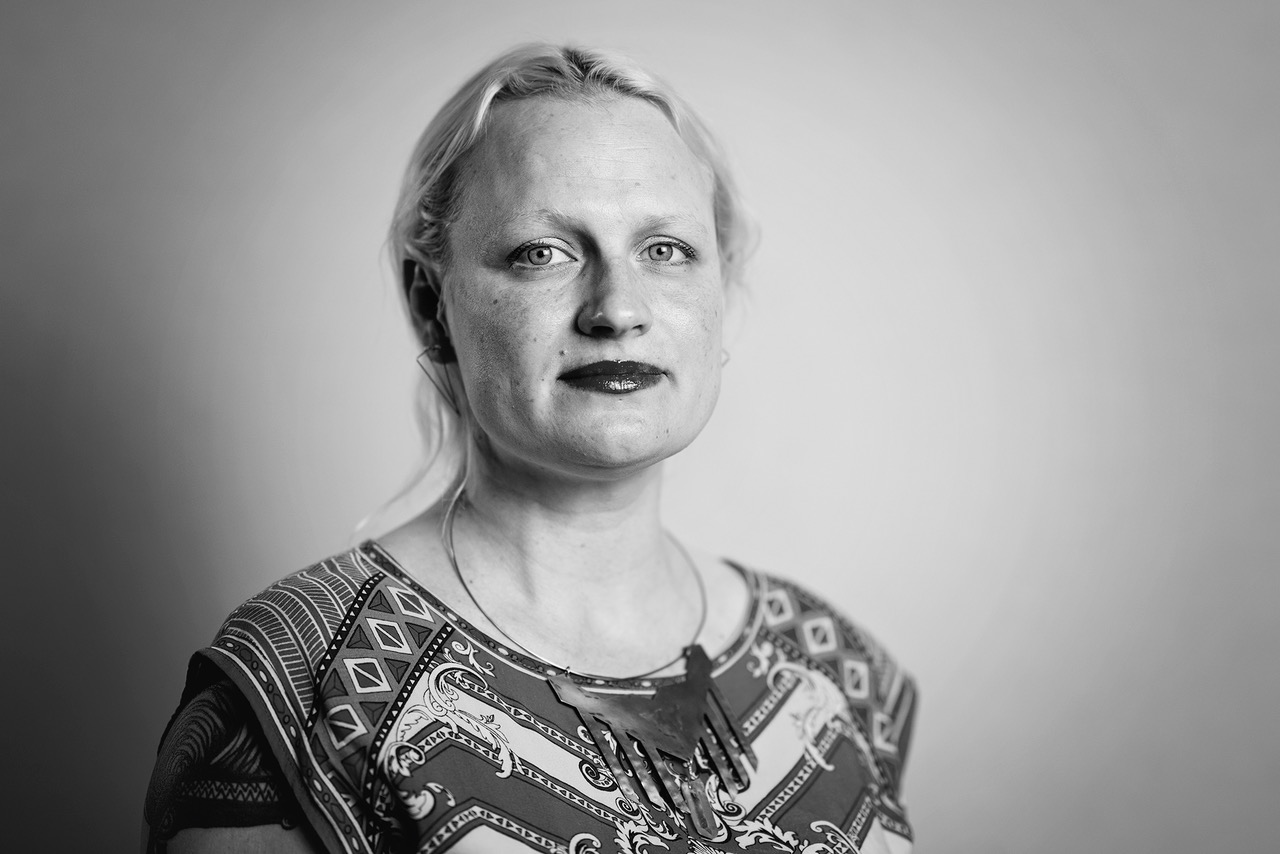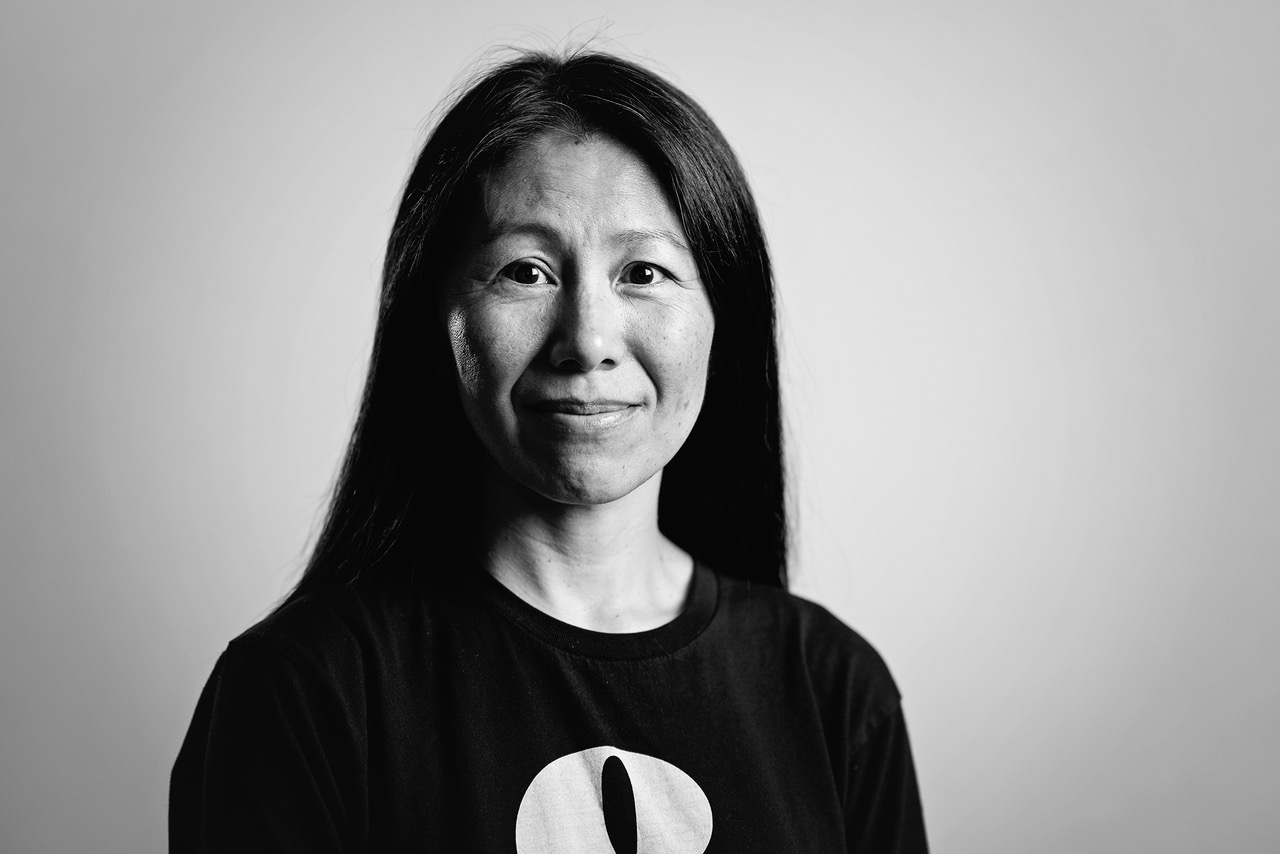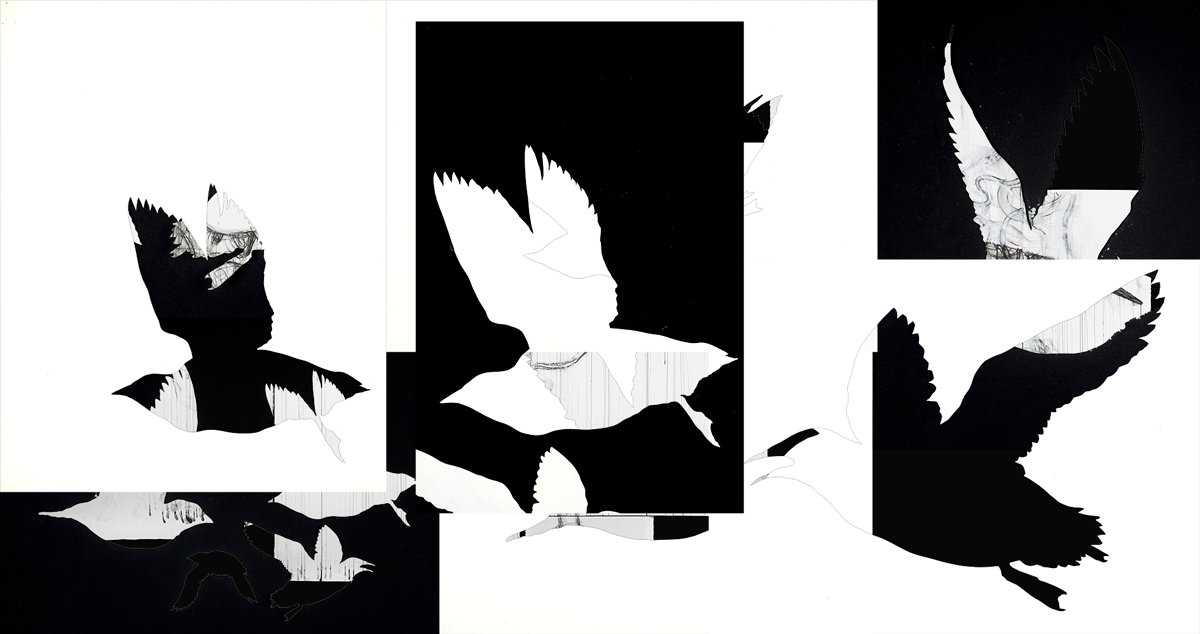
The JSMA and Eugene Symphony Association celebrate an innovative collaboration with four Oregon visual artists in response to Paul Hindemith (1895-1963)'s orchestral masterpiece Symphonic Metamorphosis on Themes of Weber. Over the past year, while working closely with Eugene Symphony Music Director and Conductor Francesco Lecce-Chong, Mika Aono, Anna Fidler, Andrew Myers, and Julia Oldham created new works in printmaking, painting, drawing, and animation. Each commissioned artist was inspired by the virtuosity, imagination, experimentation, and humor inherent in Hindemith’s most popular work.
Four corresponding videos, created by JSMA design services manager Mike Bragg and participating artist Julia Oldham, will premiere in 2021 and show how the evolution of each artist’s work was informed by the themes in his or her selected movement from the music. Next spring, the Eugene Symphony’s “Beethoven’s Fifth” performance at the Hult Center for the Performing Arts will explore how music and art bring us closer together with a program that includes Hindemith’s Symphonic Metamorphosis, accompanied by projections of these videos, making visible the stages of creation in each artist’s work. Concert details will be made available at eugenesymphony.org/events.
This exhibition and related programs at JSMA were made possible in partnership with Eugene Symphony Association and with funding from an Exhibition and Documentation Support Grant from The Ford Family Foundation and the museum’s Hartz FUNd for Contemporary Art. The exhibition was curated by McCosh Curator Danielle Knapp with assistance from curatorial intern Zoey Kambour, an M.A. student in the Department of History of Art and Architecture. Our special thanks to these remarkable and resilient artists; Francesco Lecce-Chong, music Director and conductor, Scott Freck, executive director of the Eugene Symphony Association, and ESA staff; and JSMA colleagues Mike Bragg, design services manager, Jonathan Smith, museum photographer/rights & reproductions, and Debbie Williamson-Smith, communications manager.


Andrew explores the concepts of conservation and preservation of wild places and creatures in work that is drawing-based with elements of installation, printmaking and sculpture.
Biography
In Anna’s recent work, bold, geometric, and opaque elements are a language for expressing her experience of energy.
Biography
Julia’s work expresses moments of hope in a world on the edge of environmental collapse. In a compilation of new videos she created in response to Hindemith’s music, she explores the potential in places where human civilization and nature have collided uneasily.
Biography
Mika, a multidisciplinary artist, teaches printmaking and works as a studio technician in the UO’s Department of Art. She explores humanness in absurdity and futility through laborious processes, giving meaning to the meaningless.
BiographyPaul Hindemith (1895 – 1963) was an avant-garde German and Jewish composer, teacher, theorist, violist, violinist, and conductor. His breakthrough composition, Donaueschinger Kammermusiktagen, propelled him to become one of the leading avant-garde composers of the early twentieth century. Along with composers Arnold Schoenberg (German, born Austria, 1874-1951) and Anton Werben (Austrian, 1883-1945), he sought to deconstruct and challenge tonality. Inspired by the craft revival movements of the late nineteenth and early twentieth centuries, he composed Gebrauchsmusik, or “utility music,” which were meant as music for everyday occasions. His opera on painter Mathias Grunewald, considered his greatest work, Mathis der Maler, drew negative attention from the Nazi party, resulting in the banishment of his music and his flight from Germany before the second World War.
Symphonic Metamorphosis on Themes of Carl Maria von Weber was first performed in 1943 while Hindemith was in the United States. Although it was initially written as a ballet, Hindemith changed it to make it more appealing to American symphony audiences after the ballet company rejected it. Carl Maria von Weber (1786-1826) was a German composer credited as an initiator of the German Romantic music tradition. The themes Hindemith used from various compositions by Weber are identical to the original compositions but are book-ended with Hindemith’s radical harmonies and countermelodies. The first movement, Allegro, is based on the fourth of eight piano duets from Op. 60; the second movement, Scherzo (Turandot), is based on Weber’s music to Friedrich Schiller’s Turandot; the third movement, Andantino, is based on Weber’s piano duet, Andantino con moto, Op. 10, No.2; and the fourth movement, Marsch, returns to Op. 60, using the seventh piano duet.
JSMA curatorial intern Zoey Kambour received BAs in Art History and Vocal Music Performance from Lewis & Clark College, and is a second year Master’s student in the History of Art & Architecture at the University of Oregon. Her previous work investigated synesthesia within 20th century art history and personally in vocal performance, and her current work explores the apocalyptic manuscripts from Medieval Iberia.
I was inspired by the first movement’s energy, build-up, and strong finish to work with this large multi-media drawing of an extinct oviraptor dinosaur that is gradually revealed, section by section, through cut-out silhouetted forms of the Marbled Murrelet, an endangered sea bird found in unique ecosystems along the north Pacific coast. Much like music, the image is taken in and experienced in portions that gradually increase in size to reveal the whole.
ANDREW MYERS

I paint moments – both personal and historical – that are transformative. My three animated geometric paintings are energy portraits representing the shifting moods of Hindemith’s second movement. Huge sheets of handmade grid paper, cut-out stencil shapes, invented symbols penned in ink and flat matte repeated and mirrored forms work together to express my experience of this transformative energy—something that cannot be directly seen but experienced intuitively.
ANNA FIDLER
These series of works arrived by purely responding to the sounds, rhythm, and movements of the piece. As I listened to the third section over and over, I started to see lines and gestural forms visually in mind; some are slow, sweeping and elegant. Some are short, fast and erratic. From borrowing lines that beetles make in the forest to carving my own drawn lines onto woodblocks, all of these actions of making were derived from the music.
MIKA AONO
This past year I have been working on a long-term project in Queens, NY called “Undiscovered City” documenting both the erosion of human made objects and systems by forces of climate change, and the transformation of natural spaces through human intervention. I have animated a series of narratives from Undiscovered City, such as rising seas engulfing neighborhoods and decades of abandoned cars filling up a salt marsh, to visualize the inexorable forward momentum of Marsch, the final movement of Hindemith’s “Metamorphosis.”
JULIA OLDHAM
This exhibition and related programs at JSMA were made possible in partnership with Eugene Symphony Association and with funding from an Exhibition and Documentation Support Grant from The Ford Family Foundation and the museum’s Hartz FUNd for Contemporary Art.
© 2020 Jordan Schnitzer Museum of Art. All rights reserved